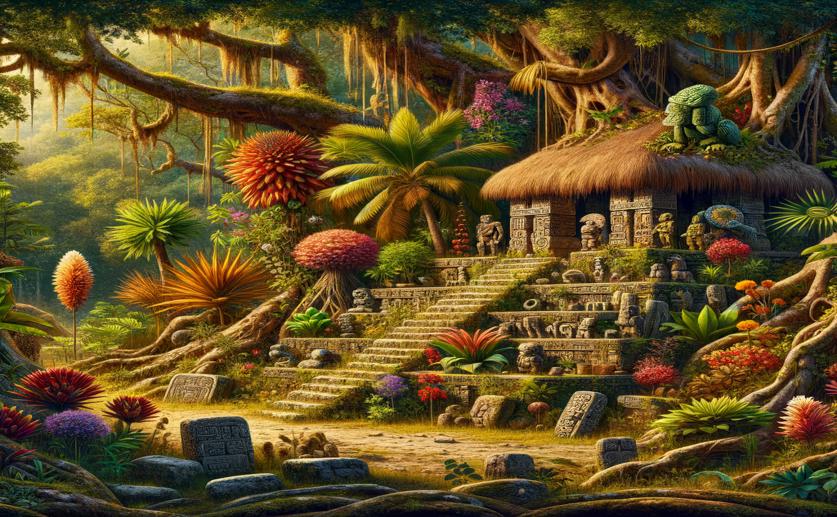
Ancient Maya Ritual Plants Discovered in 2000-Year-Old Site
Jenn Hoskins
29th April, 2024

Image Source: Natural Science News, 2024
Key Findings
- In Yaxnohcah, researchers found plant remains used in ancient Maya rituals using eDNA analysis
- Identified plants include hallucinogenic xtabentun and medicinal jool and chilcahuite, some first-time finds
- The discovery suggests these plants had significant roles in Maya ceremonies, possibly in ballcourt rituals
References
Main Study
1) Psychoactive and other ceremonial plants from a 2,000-year-old Maya ritual deposit at Yaxnohcah, Mexico.
Published 26th April, 2024
https://doi.org/10.1371/journal.pone.0301497
Related Studies
2) Environmental DNA reveals arboreal cityscapes at the Ancient Maya Center of Tikal.
3) New light on the use of Theobroma cacao by Late Classic Maya.
4) Water and sustainable land use at the ancient tropical city of Tikal, Guatemala.



 27th April, 2024 | Jim Crocker
27th April, 2024 | Jim Crocker